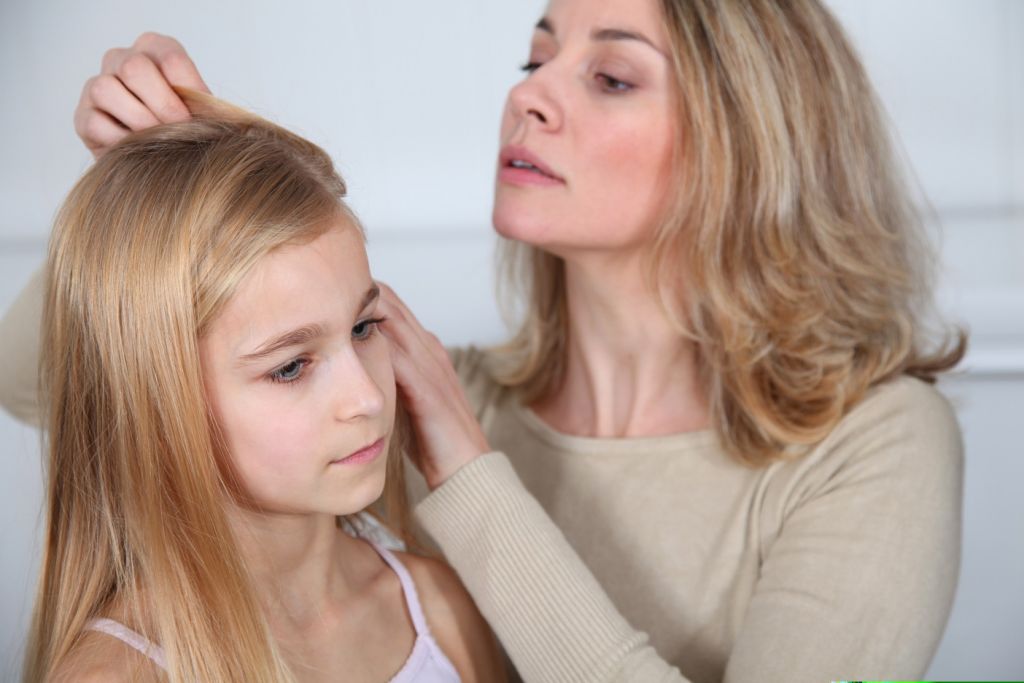All parents are extremely sensitive to the needs and health of their child. We all wish for them to have a healthy and protected life away from the risk of any harm in the future. As expectant parents, many couples are observed to be studying and researching about all the possible threats and the methods of relief that may help and protect their child. One such risk is the threat of scarlet fever common to the children in the age group of two to eight.
Scarlet fever is a contagious disease that occurs in the body as a result of a budding infection and is more common in children because of their weak and developing immune system. Scarlet fever though is a rare disease yet it is more commonly observed in children who have strep throat or sensitive skin. The major cause of Scarlet fever in children is the growth of streptococcus bacteria in the body of the patient that directly attacks the skin and throat.
The most painful aspect associated with Scarlet fever is the body rash and the swollen nodes on the tongue that grows and develops on the body of the patient. The rashes are strawberry red in colour and extremely sensitive to touch. It is essential that the children do not scratch the rash in the body and apply the same hands on an uninfected body area as this would give the disease a chance to grow and spread. The swollen nodes on the tongue make eating and drinking problematically. Thus it is important for the parents to take the child to the medical practitioner as soon as possible.
Read More: Roseola in Children: Causes, Symptoms and Treatment
Scarlet Fever in Children: Symptoms, Treatment and Prevention
Parents must take note that scarlet fever is a contagious disease and spreads in people with contact. Children are more susceptible to fall prey to this disease because of low body tolerance. Close contact, using of same personal items and breathing the germ infected air becomes the main breeding ground the scarlet fever bacteria. Parents must take note that several factors play together to form a suitable environment for the germs to grow. A child can get infected if they;
- Breathe the bacteria borne air droplets in which the infected person might have sneezed or coughed
- Touching the skin of the person who has scarlet fever rash
- Sharing personal items like towel, bed linens and same food bowls as the infected person.
- Scarlet fever can also be spread through insect carriers who may have sat on the infected person and then moved on to a healthy person.
Read More: 11 Home Remedies to Manage Fever Due to Exertion in Children
What are the symptoms of Scarlet fever?
Scarlet fever has few distinct symptoms which makes it easily recognizable. One can always rely on early treatment to get rid of any future problems in children and also eliminate the risk the disease. Some of the most widely known and recognizable traits of Scarlet fever are during the preliminary stage are
- Sore throat and Stomach ache
- Nausea and Headache
- Red developing rashes all over the body that is sensitive to touch and also spread from skin contact. It is always advisable never to scratch these rashes as the fluid they emit may increase the severity of the condition
- The tongue becomes coated with a white sheet of growing bacteria making it difficult to chew and swallow.
The rashes on the body develop completely over a period of 1 to 2 days and spread from the face to the neck. In severe cases the back and the arms of the patient also develops these sand paper like rashes that cause immense irritation and itching all over the body. Once these rashes have fully grown the severity of the symptoms also worsen in the body. Some of the most prevalent symptoms that are observed after full grown rashes are;
- A continuous fever above 101 degrees.
- A very sore and strawberry red colour throat that makes swallowing a major challenge. At times yellowish patches also develop on the periphery of the mouth and causes permanent stinging sensation.
- Enlarged neck glands that are tender to touch may be caused as a result of the infection in the throat.
- The nodes on the tongue start swelling and become extremely sensitive to touch thus making eating, drinking and swallowing a challenging task.
Read More: 11 Ways You Can Soothe Your Child During Fever
How to treat and prevent Scarlet fever from spreading?
Generally, the infection of scarlet fever lasts for about seven days from the appearance of the first symptom in the body of the child. Starting the antibiotic treatment early into the disease can provide respite to the patient in as soon as 24 hours. Many doctors prescribe strong antibiotics that destroy and kill the growing bacteria and also boost the immune system of the child to prevent any further harm to the body.
It is advisable to complete the course of the medicines to prevent the infection from reoccurring in the child. Some simple medicines like ibuprofen and aspirin can be administered to the child to fight the fever. Gargling with salt water and drinking lots of water will provide relief to a sore throat. Home remedies like apple cider and Epsom salt mixed in bath water, honey in warm water will help prevent and treat the infection from its very roots.
For children, it is always suggested by doctors to take proper care as the disease may prove fatal and deadly. Some of the most common and effective remedies that work to provide ease during this disease are;
- Eating cold items such as ice creams and cool fluids to provide assistance to sore throats.
- Eating soft food that are easy to swallow to prevent further aggravation to the throat
- Wearing light and airy clothes to soothe the rashes on the skin
- Calamine lotion can be used to prevent itching in the rashes on the body.
Thus it is extremely important for the parents to look after the health of their child and give them proper medication for not only the treatment of the disease but also to prevent the disease from sinking its roots in the body of the child that makes them weak.
Read More: 21 Home Remedies for Treating Fever Blisters in Children













